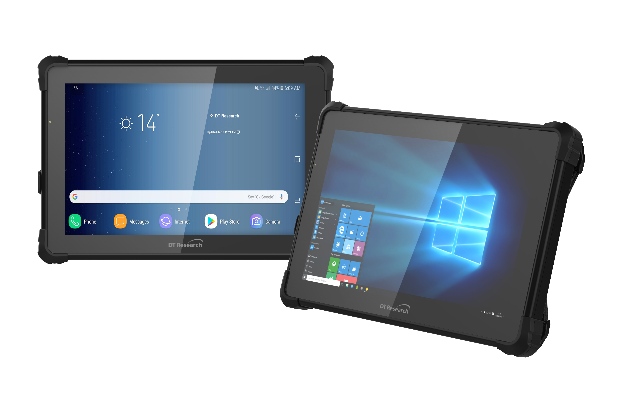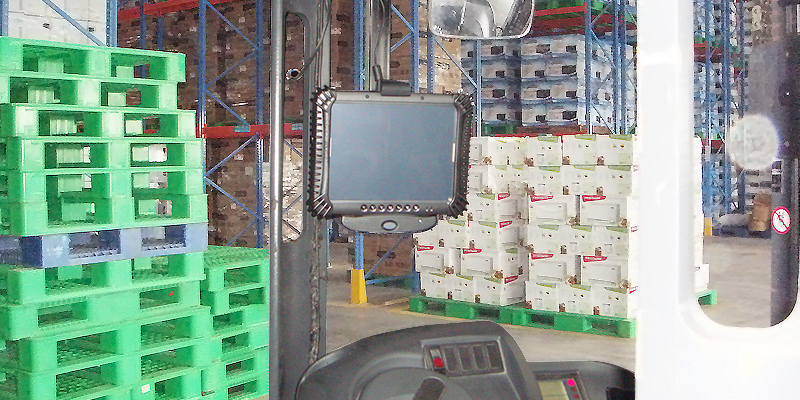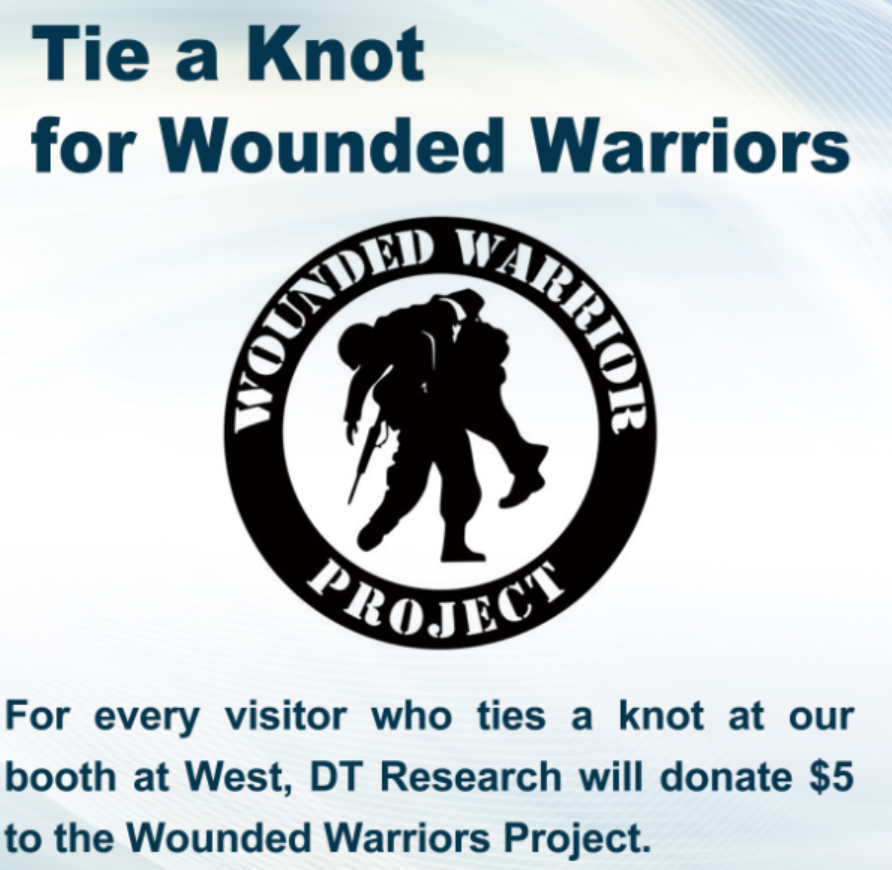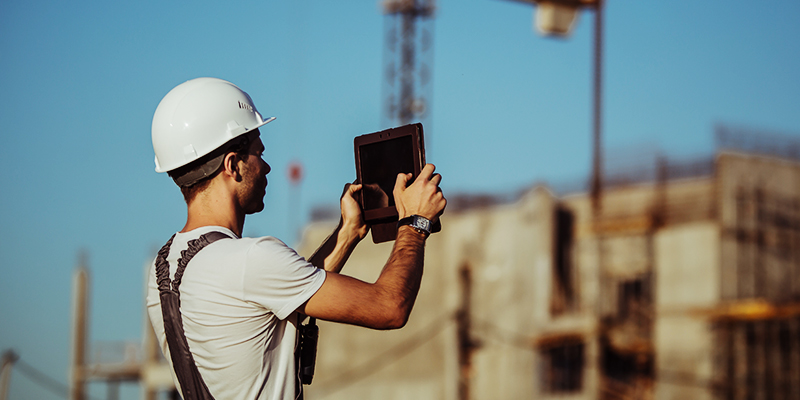 Rugged tablets are swiftly becoming the new hot point for automation, bringing new customization, efficiency, and speed to manufacturing workflows. Standardizing mobile computing technologies for any given workforce is a proven way to increase productivity, and mobile tablets bring the latest in technical excellence and physical durability to the manufacturing industry.
Rugged tablets are swiftly becoming the new hot point for automation, bringing new customization, efficiency, and speed to manufacturing workflows. Standardizing mobile computing technologies for any given workforce is a proven way to increase productivity, and mobile tablets bring the latest in technical excellence and physical durability to the manufacturing industry.
With rugged tablets in play, different sections of a line operation can communicate in real time not just as an alert system but as a fast, effective solution finding factor that controls downtime lost to blips in the process and enhances recovery when there is a situation that slows down the line. As a lightweight, durable alternative to traditional computers and off-the-shelf tablets, rugged tablets are made for on-the-floor use, and can streamline almost any workflow.
Rugged tablets allow those on manufacturing floor to handle complex data entry and inventory tracking in real time, as well as tracking progress and managing assets. Each worker can communicate and share information instantly with other workers and different levels of management. In addition, the added benefits of rugged tablets for manufacturing include:
-
Touch screen capability
-
Windows-based OS
-
Robust software applications
-
Shock, drop, and damage resistance
Mobile computing devices like rugged tablets arm your workforce with effective, easy to use tools that give them real time information. This leads to faster, smarter manufacturing processes, less downtime, higher worker productivity, and less errors on the floor. Worker time is more efficiently designated, leading to a faster, cleaner operation.
Warehouse layouts and logistics can also be controlled and adapted to the new, improved way of management, creating a workflow that is devoid of wasted time and effort. Since the ultimate goal of any manufacturing company is produce and distribute goods as swiftly, accurately and safely as possible, the rugged tablet provides the perfect complement to training and planning. Warehouse shelter solutions can also help businesses maximize available space and adapt to evolving operational requirements.
By putting a reliable, durable, and high tech device at the service of the workforce as individuals, you can bring them together in real time as a whole, cohesive team. The durable design and portability of a rugged tablet are ideal tools for reaching manufacturing goals.
Manufacturing is a demanding environment, and the success of any manufacturer is dependent on the efficiency of a multifaceted workforce. A company that outfits and trains each worker in the use of the latest technology available sees an amazing ROI in the form of an operation that suddenly is performing at an optimal level.






